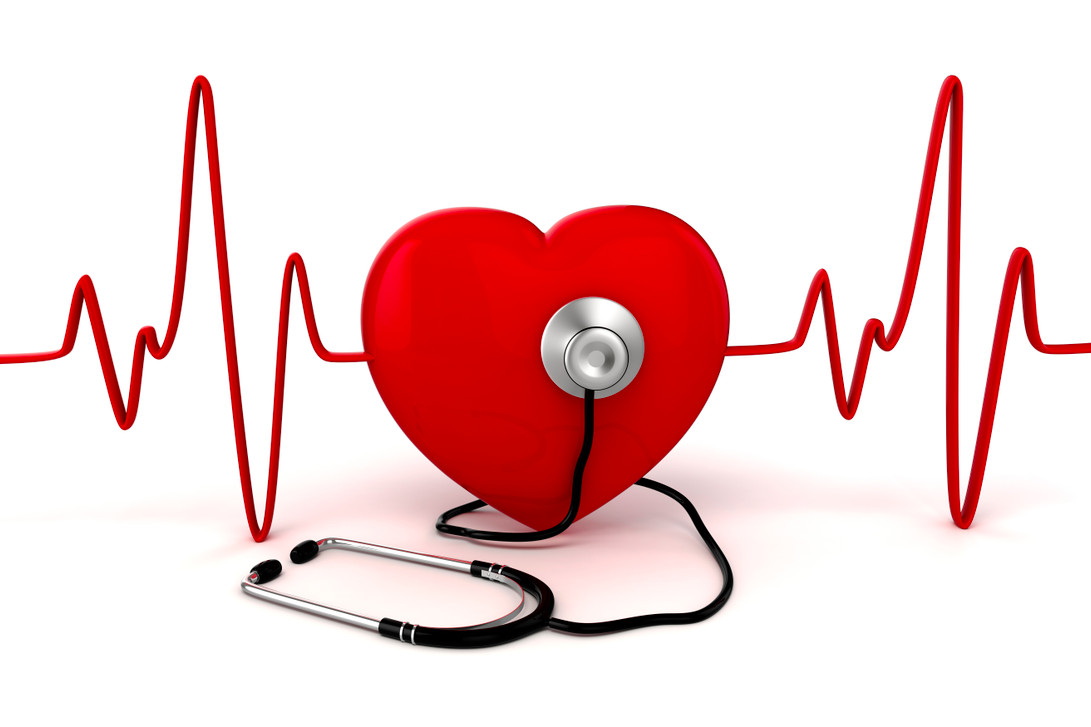If you’re looking to improve your cardiovascular health, you can enlist in specialized medical programs like cardiac rehabilitation to get back on track. You’ll be under the care of doctors, dieticians, and counselors to support your journey.
What Is Cardiac Rehab?
Cardiac rehab consists of three parts. First, you’ll be assisted with an exercise program that suits your lifestyle and needs. Being active is one of the foundational pieces of a healthy cardiovascular system. Counselors will guide you on which exercises work best for your condition.
Next, you’ll be taught more ways to manage your unique risk factors. You can look deeper into your diet and nutrition, your family history, and your lifestyle choices, like smoking and drinking, to see what needs to be changed the most.
Lastly, you’ll be coached on how to manage stress, which can take a toll on your heart if not controlled.
Each treatment program typically lasts around 3 months, or typically around 36 sessions total, and is designed to help train you how to maintain your results at home.
Who Needs It?
Cardiac rehab is especially important for people who’ve had problems with their heart, such as heart attacks, heart failure, angina, heart transplants, heart valve replacement, coronary artery bypasses, and other similar conditions.
If you’ve experienced one of these conditions, you may feel overwhelmed, so following a plan with medical professionals can mitigate the stress surrounding your new lifestyles changes. With the right assistance, you’ll also be more likely to stay on top of your health goals.
How to Start
After you’ve been diagnosed with a heart issue, you can ask your doctor about joining a cardiac rehab program. Your insurance provider may cover the costs, but be sure to ask beforehand.
Once you’re signed up, you’ll meet with a team of experts who may require inpatient check-ins to measure your needs and progress.
You may be asked to have a physical exam, including basic tests like cardiac imaging, and electrocardiogram, and a stress test. The results will help tailor your program to your unique needs.
Your team may also encourage you to work out in a group setting. That way, you can be supervised while you begin your exercises and training. They will also measure your vitals to ensure you are progressing and not over-taxing your body.
You will also be given some outpatient exercises and guidelines to follow to help you achieve your goals and maintain your results after your program ends.
Results
To achieve long-lasting results, you will need to continue the exercises and habits you’ve learned in your program. These habits include quitting harmful behaviors like smoking and poor diet, strength exercises, cardio, stress management, and daily medication intake.
The more dedicated you are to the new habits you’ve learned, the more benefits you will achieve. If you stick to your program, you can expect to have an improvement in your quality of life and emotional stability, as well as help support your overall health for years to come.

